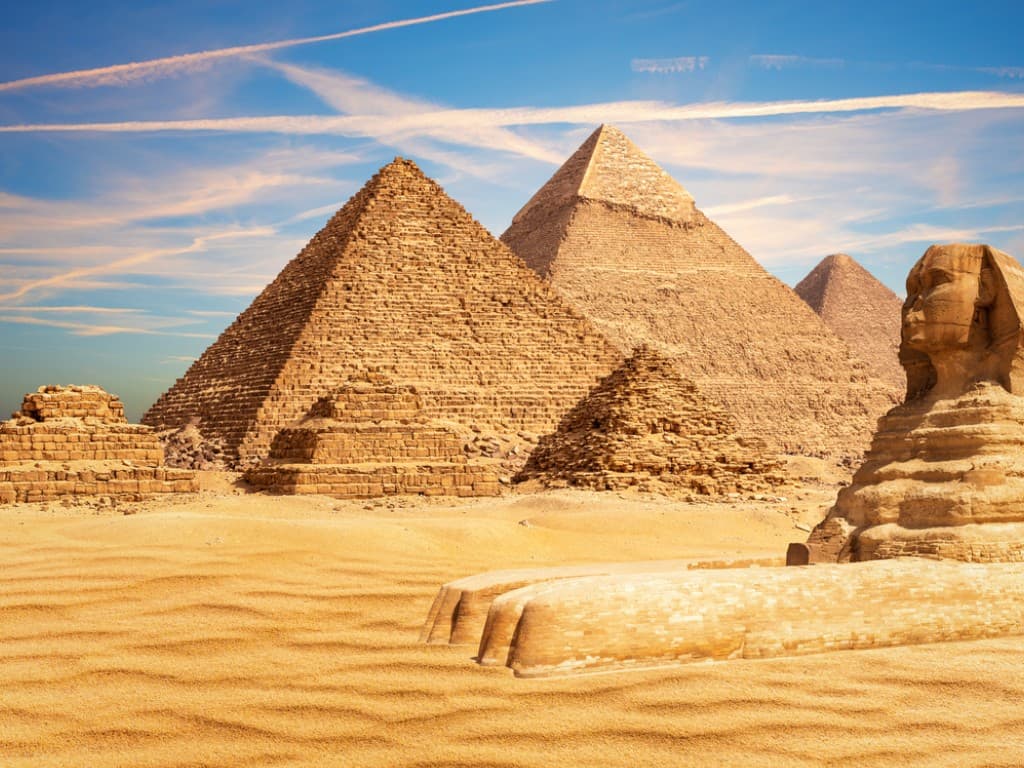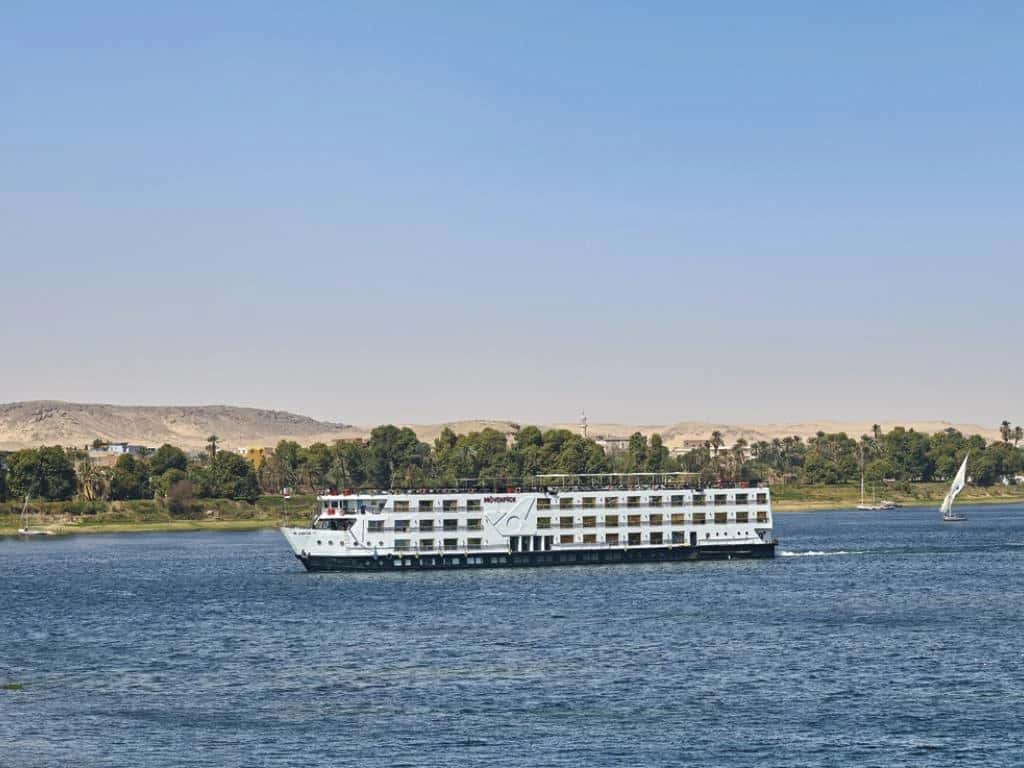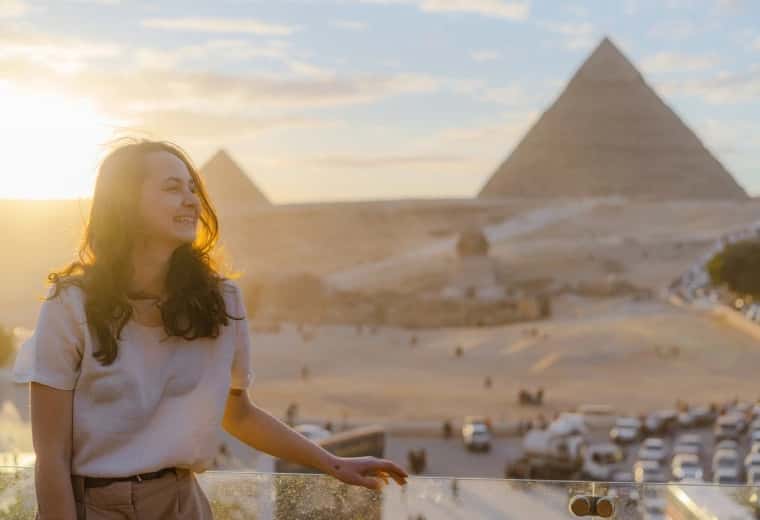What are the Giza Pyramids?
The pyramids were once great burial tombs and the Giza Pyramids are no exception. The iconic pyramids are located in the necropolis of Giza. The pyramids of Cheops, Chephren and Miquerinos are the face of Ancient Egypt. These were the legendary pharaohs of antiquity, respectively grandfather, father and grandson who built the pyramids as their final resting place.
Did the Giza Pyramids have mummies in their interior?
Yes, although none were uncovered by explorers during excavations. In Ancient Egypt, death was thought to be a ritual of passage. Following death, the person passes through the Final Judgment with the mighty Osiris as the judge.
Sins would be recounted and the "Book of the Dead '' would spell out all the information about the individuals' acts in life. The heart would then be weighed and it should be lighter than a feather to pass on to the afterlife.
Additionally, the body will be preserved so the soul can be reunited, otherwise it will wander on its own for eternity. Hence, mummification rituals held great significance in Ancient Egypt.
Pharaohs were considered gods embodied in human form. Their bodies were mummified and buried along with their belongings for use in the afterlife.
Are the Giza Pyramids the first to be built in Egypt?
No. The Giza Pyramids were built around 2500 BC following a plethora of other pyramids built before.
The construction of pyramids in Ancient Egypt began long before architects finally perfected their design. Previous pharaohs including Djoser, Cheop's father, fervently worked to build the first pyramid.
It was believed that the first pyramid constructed was King Djoser's Step Pyramid in the Saqqara necropolis, dating back to the Third Dynasty. However, recent studies suggest that there is an older one, the Gisr Pyramid, that dates back to the Second Dynasty, also located in the Saqqara complex.
Why are the Giza Pyramids the most famous?
They were the perfect pyramids built after a number of unsuccessful attempts. The King was the first attempt at the triangular shape. Many other pyramids were built, but without the smooth finish and straight walls. This was the case with the Red Pyramid, which actually is the second largest, and perhaps most underrated, pyramid in Egypt.
What's so special about the triangular shape?
The Ancient Egyptians believed that gods watched over them from the skies above. They also believed that the Pharaohs were by the divine as rulers and representations of the gods on Earth.
To the Gods, the pharaohs would be reborn after their death. The triangular shape was selected to channel the ascension of the pharaohs to the afterlife.







